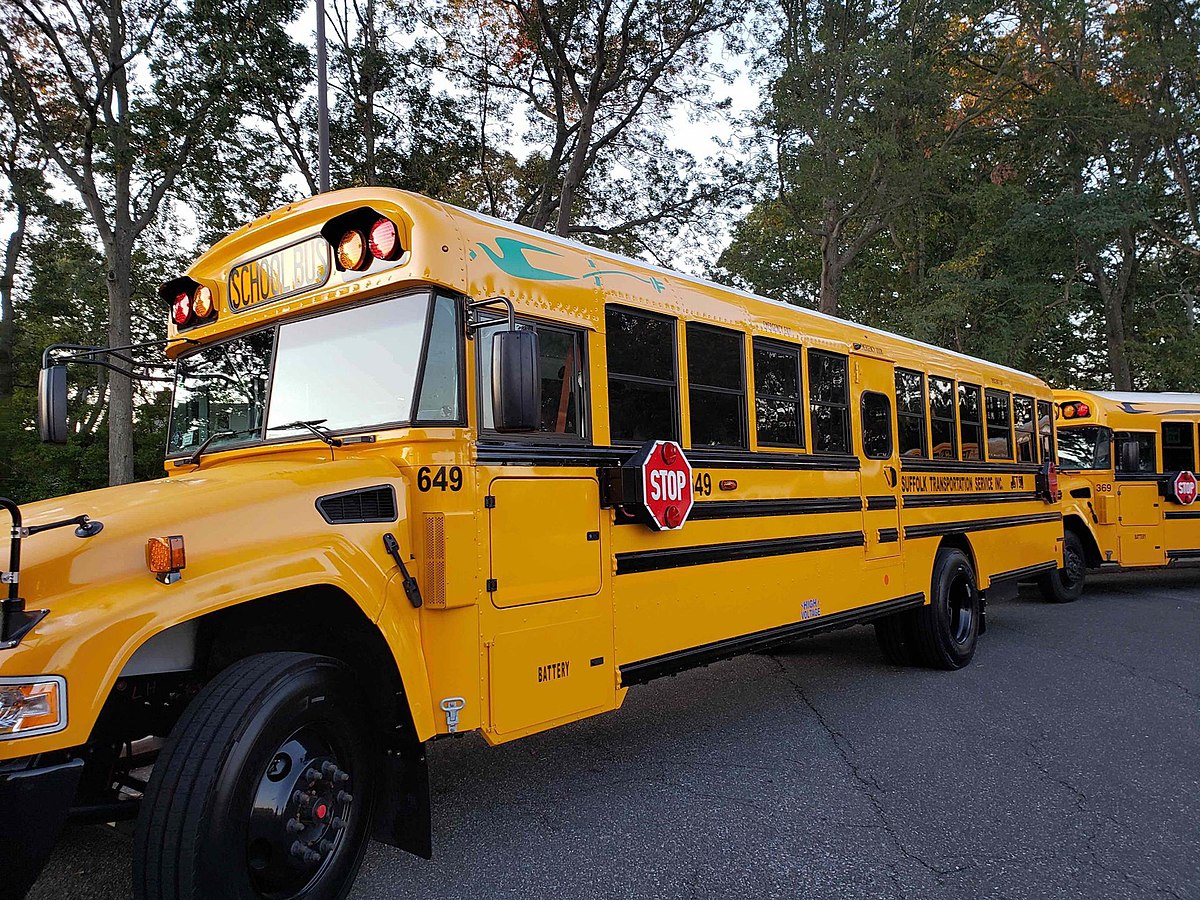Pacific Gas and Electric Co. (PG&E) has secured approval to establish the first vehicle-to-grid (V2G) export compensation mechanism in the United States for commercial EV charging customers. The new export rate structure in its California service area was agreed between PG&E and the Vehicle-Grid Integration Council, Electrify America LLC, and the Public Advocates Office at the California Public Utilities Commission. Commercial EV owners will receive upfront incentives to help offset fleet costs, while encouraging vehicles to export power to support the grid during peak demand periods. The charging equipment will be paired with stationary energy storage systems, which will be available to support the grid and provide backup power to charge vehicles during grid outages. PG&E says more than 420,000 EVs have been sold in its service area, representing one in six EVs in the United States.
Sono Motors has brought its Sion EV for a seven-city US tour ahead of its expected delivery next year. The Sion is marketed as the world’s first affordable solar EV, with a price tag of about €25,000 ($24,700). Its outer shell features 456 solar half-cells to extend the time between charges and enable self-sufficiency on short journeys, according to the Munich-based manufacturer. Sion’s 54 kWh LFP battery will allow for a maximum charging capacity of up to 75 kW (DC) and 11 kW (AC). The vehicle also has an on-board bidirectional charger of up to 11 kW. The company says it has received more than 20,000 private reservations and more than 22,000 pre-orders from fleet operators to date. In partnership with Valmet Automotive, Sono Motors plans to start production in Finland in the second half of 2023, and aims to produce approximately 257,000 vehicles within seven years.
Toyota and Jera have commissioned a second-life battery at the Japanese utility’s Yokkaichi Thermal Power Station. They have combined lithium-ion, nickel metal-hydride and lead-acid batteries into a single system. The 485 kW/1,260 kWh Sweep Energy Storage System was built with batteries reclaimed from electric vehicles (HEV, PHEV, BEV, FCEV) and is connected to the grid to “feed around 100,000 kWh of electricity into the public grid by the middle of the decade.” Its sweep function, developed by Toyota Central R&D Labs, Inc., allows retired EV batteries to be reused regardless of their level of deterioration. It can freely control energy discharge by switching electricity flow on and off through series-connected batteries in microseconds. It also enables direct AC output from the batteries to reduce costs and avoid power loss when converting from AC to DC.
Solar Botanic Trees has agreed to supply UK-based Raw Charging with 200 solar trees for its network of commercial EV charging sites. Deliveries will start in mid-2023 and will finish in 2024. The solar trees feature thin-film cell technology, are 5 meters tall, with a 5-meter dome and 5 kW of output. The order was signed just six weeks after SolarBotanic Trees was launched as a company. “We are currently starting to look at various regional locations for our manufacturing,” says Chris Shelley, SolarBotanic CEO.
Popular content
Evergrande has started deliveries of the Hengchi 5, its first electric vehicle model. The first 100 customers received their cars on Saturday, the Chinese company said on its official WeChat account. Evergrande plans to shift its parent company’s primary business from real estate to car manufacturing over the next decade. Its goal is to make 1 million vehicles by 2025.
BP Pulse has announced plans for a Gigahub network: a series of large, fast EV-charging hubs to serve taxi fleets in the United States. The first planned location will be built near Los Angeles International Airport in collaboration with Hertz and will be partially funded by a $2 million grant from the California Energy Commission. The initiative aims to mitigate the environmental impact of ride-hailing services in Los Angeles. “Vehicles employed by California’s ride-hailing fleets make up 2.5% of the vehicle population, but consume 30% of all public fast charging,” said Patty Monahan, Lead California Energy Commissioner for Transportation.
This content is protected by copyright and may not be reused. If you want to cooperate with us and would like to reuse some of our content, please contact: editors@pv-magazine.com.



Buenos días. Estupendas noticias del sistema V2G. Continuamos atentos, gracias.